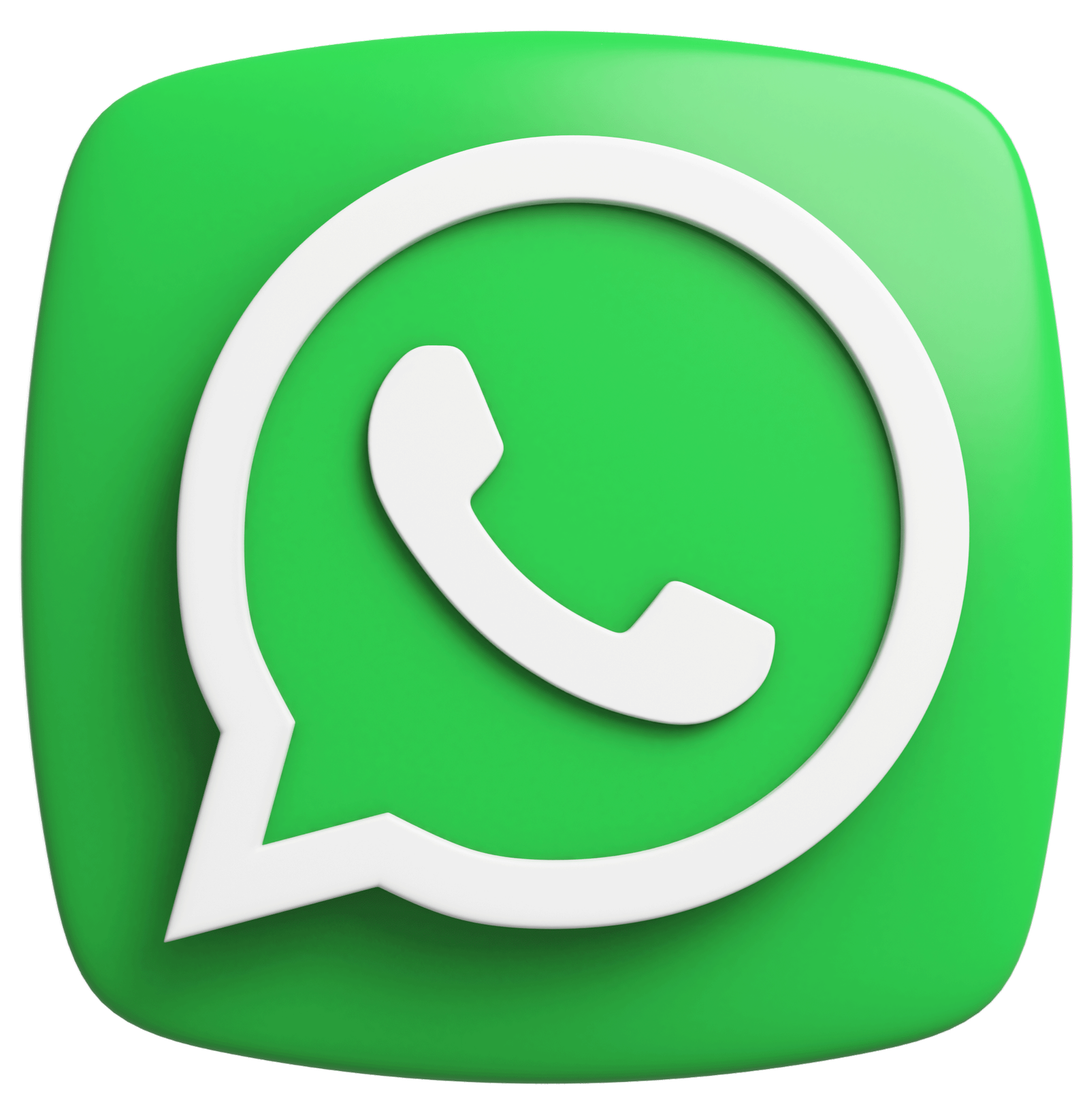Web Design Trends
In the rapidly changing field of web design, it’s essential to stay ahead of the curve. As we approach 2024, several trends are poised to take center stage. Whether you’re an experienced designer or just starting, these trends will assist you in crafting visually striking and exceptionally functional websites. Let’s explore the top 10 web design trends that you shouldn’t overlook in 2024.
1. Dark Mode Dominance
The popularity of dark mode has been increasing in recent years, and it is expected to become a standard feature in 2024. Dark mode not only reduces eye strain but also gives websites a sleek and modern look. It enhances the visibility of other design elements, making them stand out. Implementing dark mode can also help prolong battery life on OLED screens, providing a better user experience. Many popular websites and apps, such as Twitter and YouTube, have already incorporated dark mode, and this trend is expected to continue growing. Designers should consider offering both light and dark mode options to accommodate user preferences.
2. 3D Elements and Immersive Experiences
As technology advances, 3D elements are becoming more accessible to web designers. By 2024, we can expect to see more websites incorporating 3D graphics and animations to create immersive experiences. These elements can make your website stand out and engage users in a way that a flat design cannot. From product showcases to interactive storytelling, 3D elements add depth and realism to web design. Tools like WebGL and Three.js make it easier to integrate 3D elements into websites. Additionally, 3D elements can be used to create interactive product models, virtual tours, and engaging animations that captivate users.

3. Minimalistic Design
In 2024, simplicity is key. The minimalistic design emphasizes clean, intuitive user interfaces by removing unnecessary elements. This trend focuses on whitespace, clear typography, and straightforward navigation to create elegant designs that improve website performance and load times. By minimizing clutter, users can easily find the information they need, especially on mobile devices where simplicity and efficient use of screen space are essential.
View Our Pricing & Deals Here.
4. Micro-Interactions
Micro-interactions are subtle animations or design elements that respond to user actions. These small details can significantly enhance the user experience by providing feedback and making interactions more engaging. In 2024, we expect to see more creative use of micro-interactions to guide users, highlight important information, and add a touch of delight to the browsing experience. Examples of micro-interactions include button animations, hover effects, and loading indicators. These elements can make a website feel more responsive and interactive, improving overall user satisfaction. Designers should focus on creating intuitive micro-interactions that enhance the user journey.
5. Voice User Interface (VUI)
As voice assistants like Siri, Alexa, and Google Assistant become more common, integrating voice user interfaces into websites is a trend to keep an eye on. VUI allows users to interact with your website using voice commands, making navigation more accessible and convenient. In 2024, more websites are expected to incorporate voice search and voice-activated features to enhance user engagement. Voice interfaces can be especially helpful for users with disabilities, offering an alternative way to interact with digital content. Designers should consider how voice commands can work alongside traditional navigation methods to create a seamless user experience.
6. Augmented Reality (AR) Integration
Augmented reality is no longer just for gaming. In 2024, AR will play a significant role in web design, especially for e-commerce websites. AR allows users to visualize products in their real-world environment before making a purchase. This technology can enhance the online shopping experience, reduce return rates, and increase customer satisfaction. From virtual try-ons to interactive product demos, AR integration is a game-changer. Retailers like IKEA and Sephora have already implemented AR features to help customers make informed purchasing decisions. As AR technology becomes more accessible, expect to see more websites leveraging this trend to create engaging and interactive experiences.
7. Sustainable Web Design
With growing awareness of environmental issues, sustainable web design is gaining traction. This trend focuses on creating websites that are energy-efficient and have a minimal carbon footprint. Techniques such as optimizing images, reducing server requests, and using green hosting services are becoming more common. In 2024, sustainable web design will not only be a responsible choice but also a competitive advantage. Designers can contribute to sustainability by minimizing resource-intensive elements, using efficient coding practices, and choosing eco-friendly hosting providers. Additionally, promoting sustainability through design can resonate with environmentally conscious users and enhance brand reputation.
8. Neumorphism
Neumorphism, also known as soft UI, is a design trend that combines skeuomorphism and flat design. It creates a soft, extruded plastic look by using shadows and highlights. Neumorphism gives a tactile feel to digital elements, making them appear more interactive and engaging. In 2024, this trend will be used to create visually appealing and user-friendly interfaces. Neumorphism can be applied to buttons, cards, and other UI elements to create a sense of depth and realism. However, designers should use this trend sparingly to avoid overwhelming users and ensure that interfaces remain intuitive and accessible.

9. AI-Powered Personalization
Artificial intelligence is transforming web design by enabling personalized user experiences. AI can analyze user behavior and preferences to deliver tailored content and recommendations. In 2024, AI-powered personalization will be more sophisticated, allowing websites to adapt in real time to individual users. This trend enhances user engagement, increases conversions, and improves overall satisfaction. AI can be used to create dynamic content, personalized product recommendations, and targeted marketing campaigns. By leveraging AI, designers can create websites that feel more relevant and responsive to each user’s needs and preferences.
10. Inclusive Design
Inclusive design ensures that websites are accessible to all users, regardless of their abilities or disabilities. In 2024, inclusive design will be a top priority for web designers. This trend involves creating websites that are easy to navigate with screen readers, providing alternative text for images, and ensuring color contrast for readability. Inclusive design not only broadens your audience but also demonstrates a commitment to social responsibility. Designers should follow accessibility guidelines, such as the Web Content Accessibility Guidelines (WCAG), to ensure that websites are usable by everyone. Inclusive design can also improve SEO, as search engines favor accessible websites.
Conclusion of Web Design Trends
Staying updated with the latest web design trends is essential for creating websites that are not only visually appealing but also functional and user-friendly. In 2024, dark mode, 3D elements, minimalistic design, micro-interactions, voice user interfaces, augmented reality, sustainable web design, metamorphism, AI-powered personalization, and inclusive design will be at the forefront of the industry. By incorporating these trends into your projects, you can ensure that your websites remain relevant and engaging in the ever-changing digital landscape.
As a web designer, embracing these trends will help you create cutting-edge websites that meet the needs and expectations of modern users. Whether you’re designing for desktop or mobile, these trends offer valuable insights and techniques to enhance your design process. Stay ahead of the curve by experimenting with new technologies, prioritizing user experience, and continuously learning about emerging trends. By doing so, you’ll be well-equipped to create websites that stand out in 2024 and beyond.


